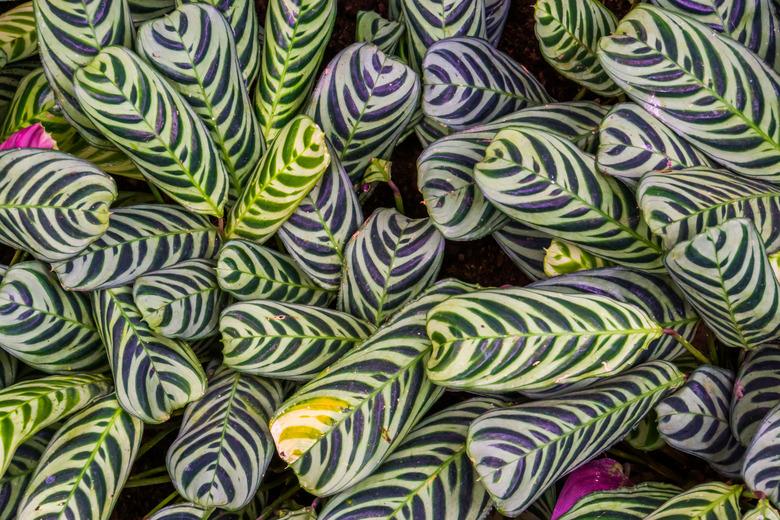Plants That Close Their Leaves At Night
Plants aren't as stationary as most people would believe with many moving their tendrils, flowers, or leaves in response to stimuli. Plants that open and close their leaves in response to day and night cycles are called nyctinastic. These plants experience circadian rhythms much as humans do, only they don't sleep like humans do, they simply fold their leaves at night. While nyctinastic movement may be found in isolated species, certain plant families are known for this activity.
Pea or Legume Family
The legume or pea family (Fabaceae) has many genera that close their leaves at night. They do so with hinge-like structures filled with water. As water is pumped in and out of these structures, the leaves open or close.
Examples include mimosa (Mimosa spp.), hardy in U.S. Department of Agriculture plant hardiness zones 8b through 10, and Albizia (Albizia spp.), hardy in USDA zone 6 through 9, both bearing ferny foliage and pink thready flowers. Many Acacia (Acacia spp.), hardy in USDA zones 9 through 11, bear yellow flowers and fold their leaves at night.
Arrowroot Plant Family
The arrowroot family (Marantaceae) has a number of tropical genera that are grown outdoors in their appropriate zones, but they're also common houseplants. All are perennials with tough, colorful leaves, such as the prayer plant (Maranta spp.), hardy in USDA zones 11 through 12. The prayer plant has green, red, and sometimes pale green foliage. Calathea (Calathea spp.), hardy in USDA zones 8 through 11, and ginger (Stromathe spp.), hardy in USDA zones 10 through 11, also belong to this family, each bearing glossy dark green foliage that's often splashed or striped with pink or white. All fold their leaves in the evening.
Wood Sorrel Family
The wood sorrel family (Oxalidaceae) contains plants that often resemble clover. The largest genera of this group is Oxalis, a group that includes shamrocks and sorrels. Depending on the species, USDA zones can range from 2 through 11.
Another member of this group, the genus Averrhoa, includes one fairly well-known fruit, the star fruit or carambola (Averrhoa carambola), hardy in USDA zones 9B through 11. This genus also includes a lesser-known edible fruit called the bilimbi (Averrhoa bilimbi), hardy in USDA zones 10 through 11. It bears a cucumber-shaped, sour fruit eaten in many tropical regions. All bear leaves that fold closed at night.
Caltrop Plant Family
Some members of the caltrop, or creosote, family (Zygophyllaceae), exhibit leaf closure at night. Guayacan (Porlieria angustifolia), hardy in USDA zones 8 through 10, isn't well known outside of its native Texas. It bears small, fragrant, purple flowers and glossy green foliage that fold both at night and midday, giving it great potential as an ornamental plant. Verawood, a small tree with orange flowers and glossy green foliage that closes at night, is hardy in USDA zones 10B through 11.
